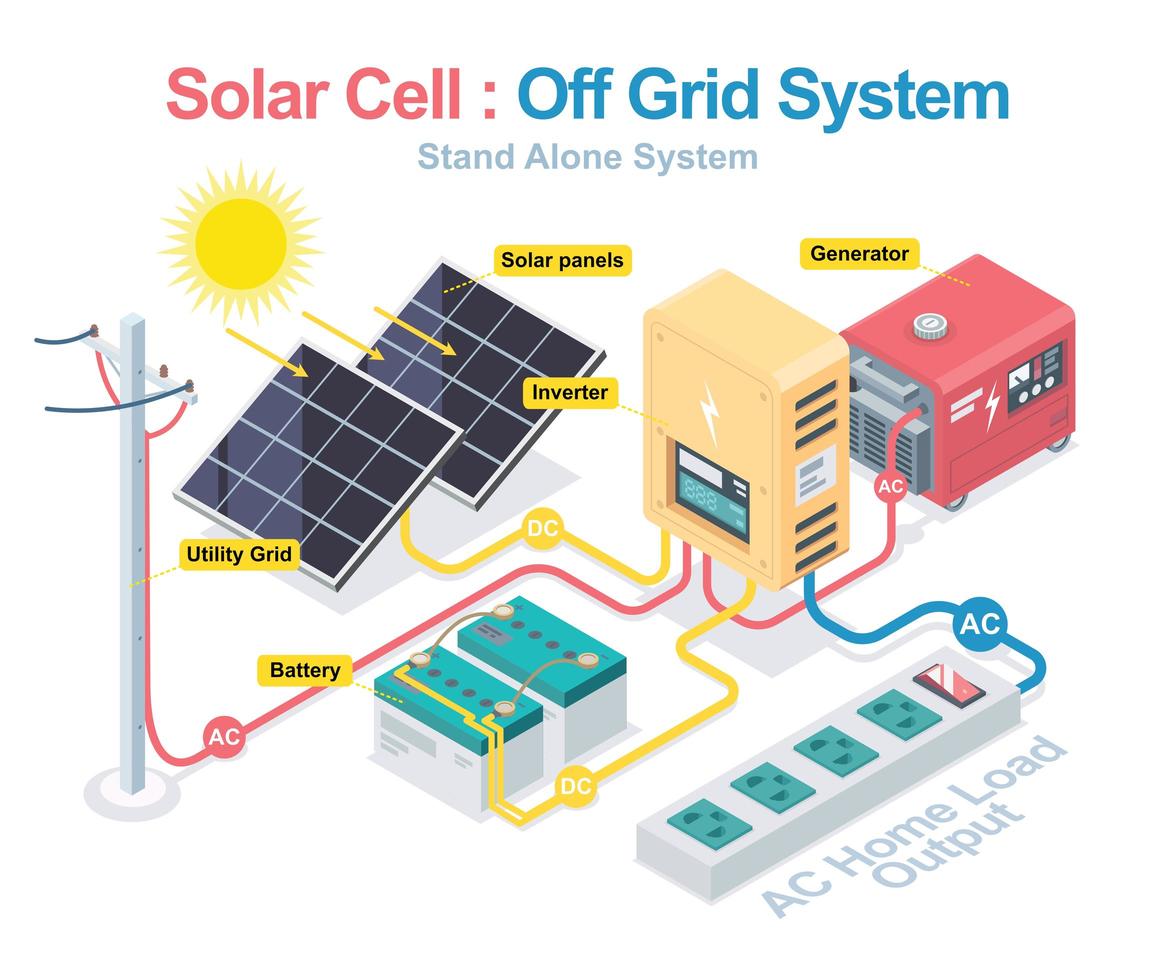
Off-grid solar systemĭIYers and people yearning for complete energy independence may choose a stand alone solar array. It will expire after that unless reauthorized by Congress.Ĭheck out DSIRE, the Database of State Incentives for Renewables & Efficiency, for all the latest information on how you can save on switching to solar energy in your state, as well as our own guide to save money on solar installation. Through the end of 2020, the federal solar tax credit is equal to 26% of the total installation cost. home in 2020, a 6kW solar installation project costs approximately $17,000 (after the federal tax credit). states vary widely in the number and extent of federal or state tax breaks, rebates, and other incentives for home solar. This prevents electricians repairing the transmission lines from getting hurt or killed by live voltage sent by your panels. Since you are connected to the grid, however, power outages also shut down your PV array. Homeowners with solar may soften the sting of higher costs during peak daytime demand because of their solar array offsetting the need for utility electricity. In some places, electric companies may charge higher rates during peak demand times. You pay a fixed monthly fee for access to the power grid – whether you actually use this service or not. However, it’s not correct to think that the utility provides you with a “free” form of solar storage through net metering. Later, homeowners “redeem” their credits when they use grid electricity because their solar array is not generating enough energy to meet demand. Whether individuals eligible for net metering receive retail or wholesale rates varies from place to place. In jurisdictions in the United States where net metering exists, homeowners receive a bill credit for the surplus.

If your solar array produces an excess of electricity that you don’t consume, it’s sent to the power grid as AC to supply other homes or businesses.

There are several types of solar inverters on the market, but they all do the same thing: convert the direct current (DC) electricity from the sun into the alternating current (AC) that you need to run most household appliances.Īt times when your energy demands are higher than what your panels supply, like at night or on cloudy days, the utility grid delivers electricity into your home.

Online tools, like the PVWatts Calculator from the National Renewable Energy Laboratory (NREL), make the math easy for you.ĭuring the solar panel installation, the PV modules are connected to an inverter. Before purchasing an on-grid solar system, it’s important to determine how large of an array you need to meet all of your home energy needs.


 0 kommentar(er)
0 kommentar(er)
